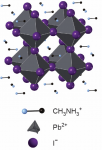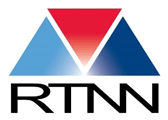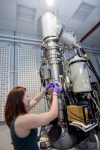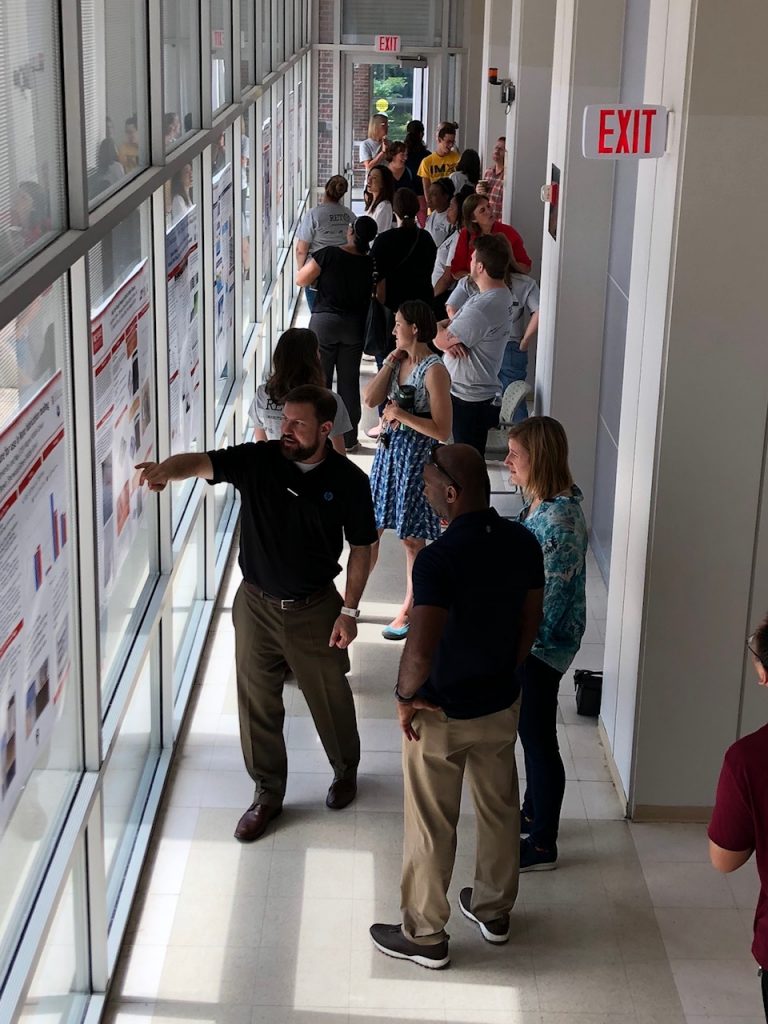Recently scientists at NC State’s Analytical Instrumentation Facility, working with researchers at the Centers for Disease Control and Prevention, published new methods to measure the amount of insecticide on mosquito netting. Using time-of-flight secondary ion mass spectrometry (ToF-SIMS), the team studied various samples of mosquito netting to determine the amount of insecticide necessary for the netting to be effective in killing mosquitoes. To learn more, visit the NC State press release or the online journal article.
“Imaging and Quantitative Analysis of Insecticide in Mosquito Net Fibers Using Time-of-Flight Secondary Ion Mass Spectrometry (ToF-SIMS)”
Stephen C. Smith, Centers for Disease Control and Prevention; Chuanzhen Zhou, Fred A. Stevie, and Roberto Garcia, North Carolina State University
Abstract: Time-of-flight secondary ion mass spectrometry (ToF-SIMS) analysis was used to qualitatively and quantitatively assess the distribution of permethrin insecticide on the surfaces and interiors of Olyset® long-lasting insecticidal net (LLIN) fibers. Total insecticide content in LLINs has been established using many analytical methods. However, it is important to quantify the bioavailable portion residing on the fiber surfaces for incorporated LLINs. ToF-SIMS is a very surface sensitive technique and can directly image the spatial distribution of permethrin insecticide on the surface of Olyset fibers. Surface permethrin appeared as patchy deposits which were easily removed by acetone and reappeared after several days as interior permethrin migrated (bloomed) from the fiber interior. After a wash/incubation cycle, permethrin deposits were more diffuse and less concentrated than those on the as-received fibers. ToF-SIMS is particularly sensitive to detect the Cl- ion, which is the characteristic ion of permethrin. Ion implantation and quantification of dopants using SIMS is well established in the semiconductor industry. In this study, quantitative depth profiling was carried out using 35Cl– ion implantation to correlate secondary ion yield with permethrin concentration, yielding a limit of detection of 0.051 wt% for permethrin. In some cases, surface concentration differed greatly from the fiber interior (>1 µm below the surface). Two- and three-dimensional mapping of Cl at sub-micrometer resolution showed permethrin to be dissolved throughout the fiber, with about 2 vol% residing in disperse, high-concentration domains. This suggests that these fibers fall into the class of monolithic sustained-release devices. It is expected that ToF-SIMS can be a valuable tool to provide insight into the insecticide release behavior of other LLIN products, both current and future.




